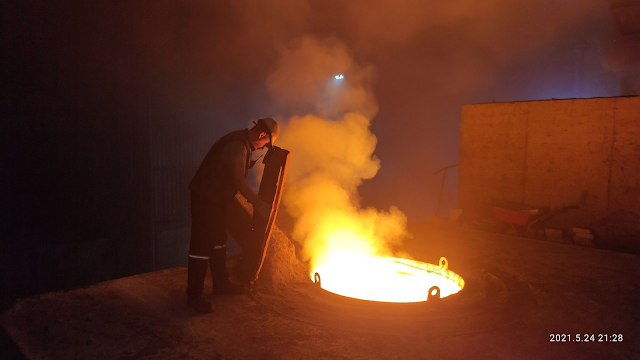Heating of Aluminum Ingot
In the whole process of aluminum alloy profile extrusion, because of the relative speed of the ingot and the extrusion cylinder, friction heat will be caused on the surface of the ingot. If the temperature of the ingot entering the cylinder is consistent with its long and short directions, and the extrusion rate remains stable, the volume element of the ingot will enter the deformation zone at a higher temperature due to the longer friction zone.
Therefore, the temperature at the entrance and exit of the profile may be different between the extrusion process and the extrusion process, resulting in the performance difference of the profile in the dimension direction (such as compressive strength, tensile strength, and surface roughness).
This kind of performance difference is very bad for the quality of industrial production profiles and urban rail extrusion profiles of heterosexual friends who must have ultra-high and ultra-large cross sections. In order to better eliminate the harmful effects, the traditional way is to reduce the extrusion rate, but this will limit the working capacity of the extruder and reduce production.
At this stage, the leading behavior is to generate a temperature gradient direction on the ingot in advance to offset the friction heat and deformation heat formed in the whole process of extrusion and carry out the so-called isothermal process extrusion.
Therefore, the temperature management method of ingots is extremely important to improve the quality of profiles, the rate of success, and the production capacity.

评论
发表评论